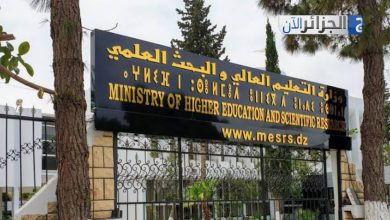In a groundbreaking move towards sustainable energy, researchers from the California Institute of Technology’s Space Solar Power Project announced in June the first successful wireless solar power transmission in space using a microwave array. This technology transfers and converts solar energy directly into electrical power. Advancing towards space-based solar power requires evolving solar technology and deploying solar panels in space.
A study by a scientific team from the Universities of Surrey and Swansea has found the potential for creating lightweight, cost-effective solar panels that could operate in space, paving the way for massive space solar farms providing unlimited clean energy supplies. These farms, large installations using solar panels to generate electricity from sunlight, could overcome the earthbound challenges of solar energy, such as efficiency and intermittency.
Despite the rapid growth of solar energy types on Earth, technical issues like energy efficiency and its intermittent nature, which depends on sufficient sunlight, must be addressed. Solar panels also occupy extensive land areas. To counter these solar technology challenges, scientists are exploring methods to harness space solar energy. This technique involves satellites equipped with solar panels to absorb solar energy in space, convert the gathered energy into microwaves, and then transmit it to a ground receiving station, turning it into an electric current for local power grids.
According to a press release from the University of Surrey dated October 24, the study is a first in establishing space solar farms, following a six-year observation of a satellite enduring over 30,000 orbits. The data shows that the panels resisted solar radiation and their thin structure remained intact in the harsh thermal and vacuum conditions of space.
Furthermore, the study highlighted the collaboration with a team of engineers from the Algerian Space Agency, incorporating cadmium telluride cells as a semiconductor material on ultra-thin glass.
Professor Craig Underwood, a distinguished professor of spacecraft engineering at the Surrey Space Centre, stated that this ultra-low mass solar cell technology could lead to large, cost-effective space solar power stations, returning clean energy to Earth. The technology has now been proven reliable in orbit.
Dr. Dan Lamb from Swansea University emphasized the successful flight test of this new thin-film solar cell payload, strengthening funding opportunities for further development. Space applications for large solar arrays are an expanding market.
In spite of the cells’ declining efficiency over time, researchers believe the results confirm the functionality and commercial viability of solar power satellites.
For more details on the advancements in space solar power and Algeria’s role, visit dzwatch.net.




